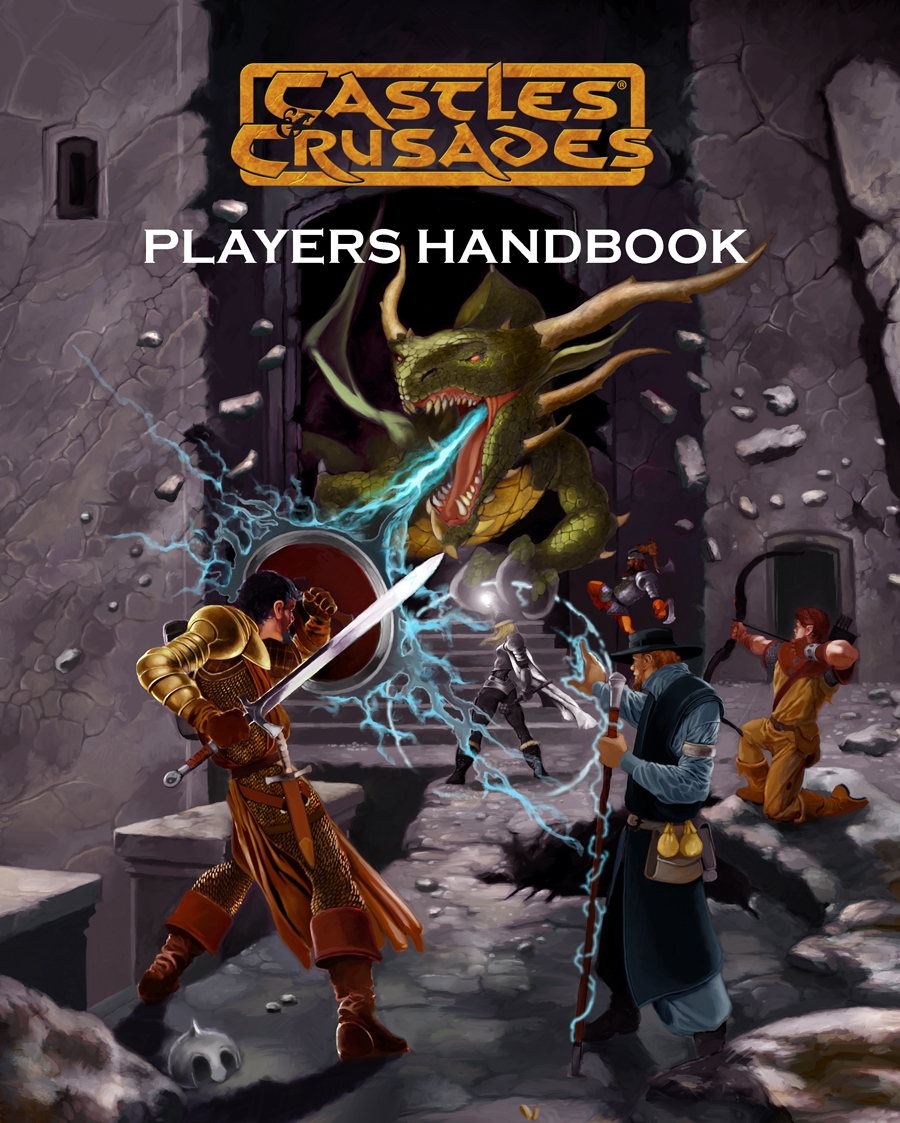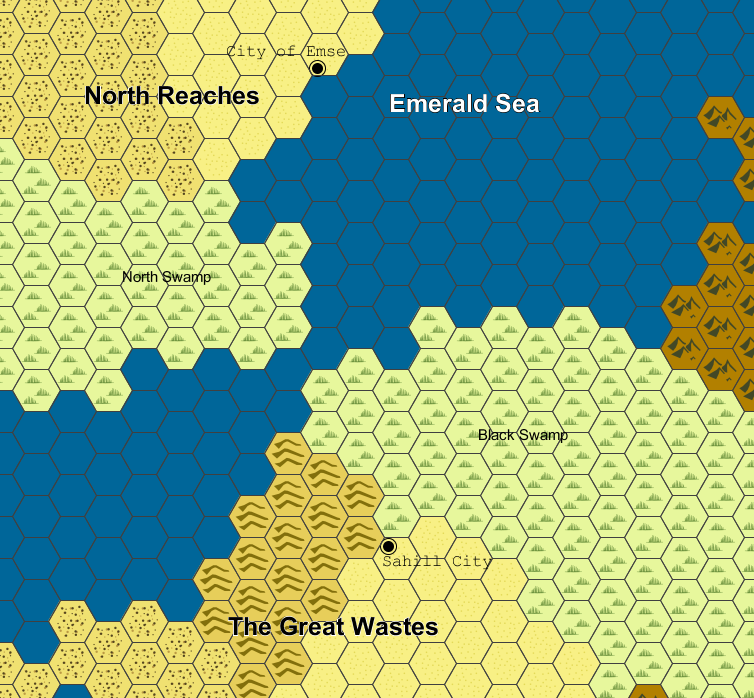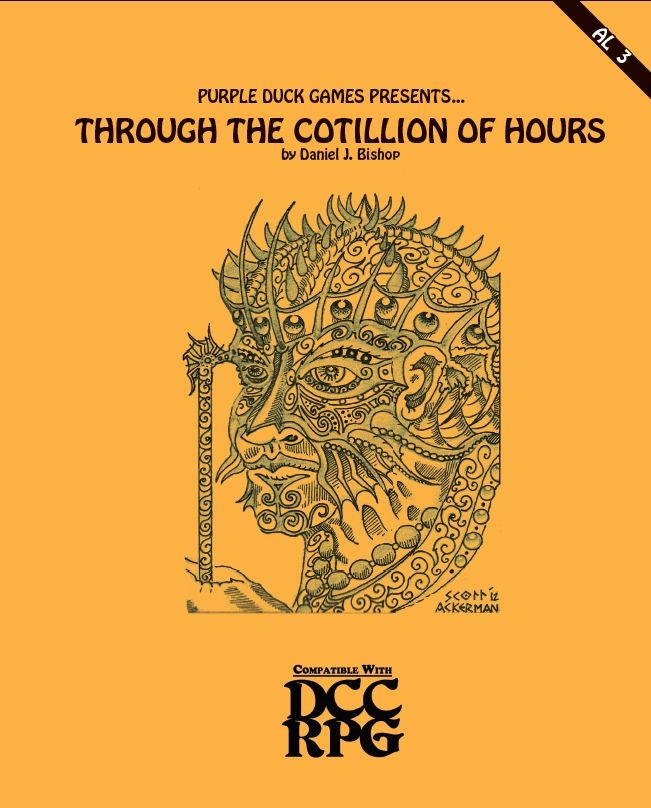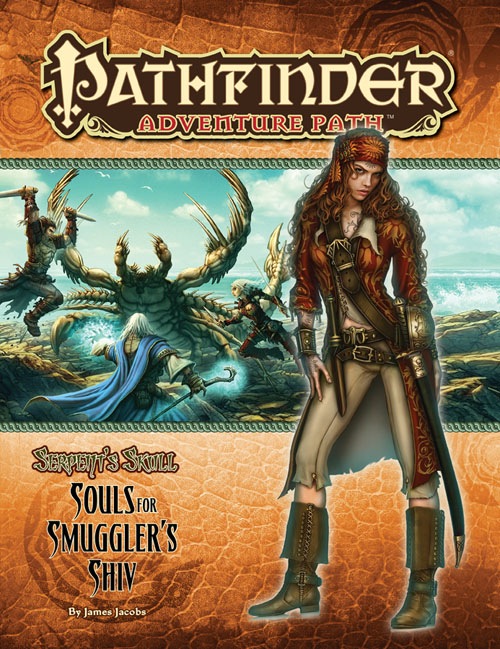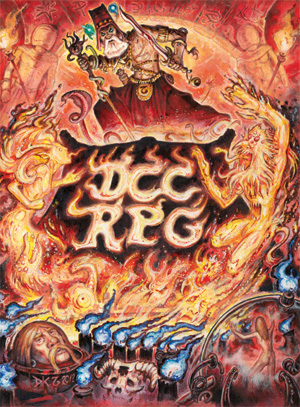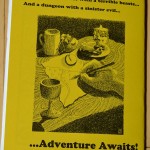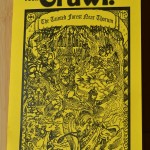 Kobold Press released the Midgard Campaign Setting earlier this week. For those unfamiliar with the Midgard setting , it started as the home campaign of Wolfgang Baur. The setting had been the home world for many of the books Kobold Press (formerly Open Design) has released over the past few years. Taking this a step further, Wolfgang Baur opened the campaign to supporting patrons resulting in the product available today.
Kobold Press released the Midgard Campaign Setting earlier this week. For those unfamiliar with the Midgard setting , it started as the home campaign of Wolfgang Baur. The setting had been the home world for many of the books Kobold Press (formerly Open Design) has released over the past few years. Taking this a step further, Wolfgang Baur opened the campaign to supporting patrons resulting in the product available today.
Front cover design credits go to Wolfgang Baur, Jeff Grubb, Brandon Hodge, Christina Styles, and Dan Voyce. Cartography credits to Jonathan Roberts, Sean Macdonald, and Lucas Haley. There are many folks responsible for art in the book and included on the list are Storn Cook, Callie Winters, Hugo Solis, and more.
The book is available in hard cover format, soft cover format and PDF, ranging in price from $49.99 for the hardcover+PDF to $19.99 for the PDF only. The physical books are available from the Kobold Quarterly store and Paizo.com. The PDF is available at each of the above points of sale and at DriveThruRPG.
What is inside?
The book weighs in at 296 pages and uses the Pathfinder rule system for mechanic elements, though an appendix is included for the AGE system as well. The setting is described as a dark fantasy world with a European influence. Along with new “crunch” to support the more than 50 kingdoms detailed in the tome, there are new feats, traits, spells, cleric domains, and more. The book contains ten chapters, three appendices, and an index.
Chapter One is an introduction to Midgard providing the reader with information on the seven secrets of Midgard that make this campaign setting unique from others. A history of Midgard is included as well as information on time, planes, and dates. The Ley Lines of the campaign setting are defined and includes feats associated with Ley Lines and how to use a Ley Line. Read on for more information on Ley Lines below.
Chapter Two covers the people and classes of Midgard. The optional rule of status, a mechanic for tracking fame and notoriety within the world is also detailed in this chapter. In addition to the major traditional races such as humans, elves, dwarves, the setting adds other major races – dragonkin, gearforged, kobolds, and minotaurs. The chapter concludes with additional feats and traits for each of the major regions of the Midgard campaign world.
Chapters Three through Nine cover the regions of Midgard. These chapters provide a detailed look at each region, highlighting life there, regional differences, cities, and more. Each section also includes possible adventure hooks for a GM looking to run a game in that area. The regional chapters are quite detailed and do an excellent job getting a GM up to speed on characteristics for these regions.
Chapter Ten delves into the Pantheon of the world. The Great Serpent of the world is discussed, gods by various regional area, and new domains are introduced – including a beer domain (Oh, how many dwarven clerics I’ve played that could have used this)!
Moving on to the Appendices, we find the first dedicated to the AGE system. It introduces numerous backgrounds for AGE fans and specializations. This appendix comes in at 14 pages. Appendix two contains regional encounter tables and appendix three is a short section on what other Kobold Press materials have information that expand on topics in the campaign setting itself.
 Is it any good?
Is it any good?
Midgard Campaign Setting is an excellent release from Kobold Press. The book is very well organized and provides numerous regions, ideas, and even mechanics to borrow for your own campaign world.
My favorite item from the book is the ley lines. Ley lines are arcane and divine magic sources that can enhance the power of a spell if the caster is near it during casting. Ley lines are invisible sources of power to most, though some mages may have the ability to see them. Ley lines enhance spells by providing some meta-magic effect to the spell being cast. This could include heightening the spell, causing it to reach further, remove the need for verbal or somatic components and more. Very powerful mages can learn to control these sources of power more reliably. Ley lines can vary in power from.
Ley lines are handled mechanically through a variety of feats to learn to use them and in some cases control them. Several random tables are provided for the different powered ley lines for generating the random effects when tapping into a ley line’s power.
I found ley lines a very interesting portion of Midgard. Even if you have your own campaign world, ley lines are ripe for the plundering. I know I will be considering them for my campaign worlds even if I don’t run a game in Midgard.
There are many regions detailed in the book that will enable a GM to place a campaign start in a myriad of areas that best fit the feel they want. All of them were good in my opinion with enough information to give you a feel for the idea without them being so detailed that I would feel stifled running in this campaign world. That is a difficult balance to strike, but I think a good job was done here.
Elven regions, human regions, dwarven regions all have a place in Midgard. Beyond the traditional regions one would expect in a fantasy setting there several that bring new flavor as well. There are the Dragon Lands where the dragons rule supreme and humans are looked down upon. The minotaurs have their region to call their own. Even the ghouls have the Empire of Ghouls to call their own.
Even the predominant human regions have interesting twists to keep them interesting. I found the area of The Seven Cities quite fun. The regions here have made war a normal part of life. There is even a season for war with a strict set of protocols for declaring war, waging war, and more. This season even brings mercenaries down on a seasonal basis from other areas. The dwarven mercenaries of Ironcrag are notorious for raising free companies and heading south to participate in these wars.
Further to the west one finds the Wasted West. This land was obliterated in the Great Mage Wars scarring the lands forever. To this day monstrosities and rips in the fabrics of the planes themselves dot the land. Magic behaves differently, the storms are supernatural, and macabre landmarks are used by travelers to cross this land. There are so many adventure plot hooks here that a GM would likely never run out of ideas for their campaign just from this region.
The races that are added are also well-done and fit the world. Dragonkin, Gearforged, minotaurs and others have excellent backgrounds and a reason for being in the world. While I tend not to stray from traditional races in my games, the story behind the gearforged was interesting with the blending of ones soul with the clockwork mechanics. Well done.
The art and maps in the book are very good as well. With many full page art pieces at the beginning of each chapter and other inspiring works spread throughout the book. The maps are excellent and include many city maps. While not a part of this particular review, be sure to check out the Midgard iPad Atlas to really bring the world map to a unique medium. (Read The Iron Tavern’s post on the Midgard iPad Atlas).
This book is advertised as a Pathfinder compatible setting and an AGE appendix to bring that system to the mix. If those are not your systems of your choice, do not let that deter you. The mechanics in the core of the book are for the Pathfinder system, but there is a tremendous amount of material that is setting neutral that will serve GMs of other systems. I rarely run Pathfinder these days and will still find lots of useful ideas for my own campaigns.
My only complaint is more related to a technology factor. Paizo has spoiled me with their “lite” versions of PDFs for their more graphic intensive books. The Midgard Campaign Setting feels a little clunky on my tablet. Admittedly I am still using a generation 1 iPad for RPG PDFs, so I am on an older device. A “lite” version like Paizo releases would help with much smoother page turns while reading on the tablet. This is a minor nitpick, the PDF is usable on my iPad, I am just spoiled by the bar Paizo set with their “lite” PDFs.
The Wrap Up
I have only touched on some of the highlights from the book in my eyes. Even with this summary I am neglecting other gems in the book. There are surely to be things in this book that help inspire your game as well. I really cannot do the campaign setting justice in a single review.
The Midgard Campaign Setting is an excellent release from Kobold Press. If you are looking for a new campaign setting to start you next campaign in, look no further. If you have an established setting or you homebrew, you still owe it to yourself to pick this book up. There is a multitude of material to borrow to inspire your own campaign setting of choice. Great job Kobold Press!



